Illinois Solar Rebates and Incentives
How Much Can You Save on Solar in Illinois?
Key Details
- Illinois residents have access to the 30% Federal Solar Investment Tax Credit for solar energy system installations.
- With Net Energy metering, customers can receive credit for generating excess electricity.
- Property tax exemptions are available for renewable energy systems installed after December 31, 2011.
- Illinois Solar For All Program helps low income families invest in solar panels with no up-front costs and benefit from the REC market in exchange
Illinois Energy Profile
Illinois receives roughly 2,500 annual sunlight hours on average, the least of any state in the United States (US). Despite its low average annual sunlight hours, the Praire State Illinois ranked 15th among the states in the US in terms of total megawatts generated in 2022.
Solar energy accounts for 1.48% of the state’s electricity.
As of 2023, Illinois has 52 solar installations which generate up to 2,036 megawatts of energy, enough to power 306,474 homes.
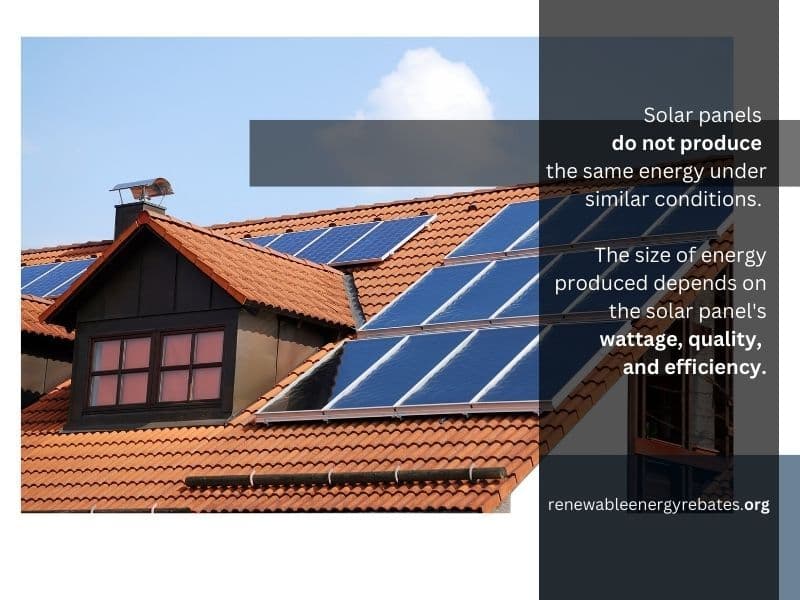
Illinois Solar Tax and Incentives at a Glance
| Illinois Solar Incentives | State or Federal | Program Overview |
| Federal Solar Investment Tax Credit (ITC) | Federal | Provides a 30% tax credit for the cost of your complete system. |
| Illinois Shines Program | State | Gives credits for all solar energy produced, which can then be marketed for a profit. |
| Illinois Solar for All Program | State | Offers low-income solar clients an accessible payment schedule |
| Solar Property Tax Exemption | State | Waives all property taxes for the value that your PV system has added to your house. |
| Local Incentives | Local | Numerous rebate programs are provided by regional municipalities and utility firms. |
How Cheap or Affordable is Solar Energy in Illinois?
Electricity in Illinois is more affordable than in most US states. It costs an average of 10.14 cents per kilowatt-hour, lower than the national average of 11.10 cents.
In contrast, the average cost of solar panels per watt in Illinois is $3.16.
| State | Number of solar Installations | MW Installed | Average cost for grid power (2021) | Average cost per watts |
| Illinois | 52 | 2,036 | 10.14 cents | $3.16 |
It would cost $18,960 to fully install a 6kw solar system. However, with the federal solar tax credit Illinois residents will be able to save up to $5,688.
| State | Cost of installing a 6kw system | Federal tax credit value 2021 (22%) | Federal tax credit value 2021 (30%) |
| Illinois | $18,960 | $4171 | 5688 |
Illinois uses 282 million BTUs of energy per capita annually, making it one of the more energy-intensive states in the US. As a result, it is ranked 25th among all US states. With a total usage of 73.5 million BTUs, Illinois is ranked 14th among the states in terms of residential energy consumption per capita.
Meanwhile, the state's commercial sector, which consumes about 57.9 million BTUs yearly, also ranks the state 14th in the US, in that regard. Illinois has a population of 12,821,813 people, with a typical age of 38.5.
The quantity of electricity generated in Illinois in 2021 from renewable sources was 11%. This is almost three times the amount generated 10 years ago.
Federal Solar Tax Credit in Illinois
The federal solar tax credit allows homeowners to apply 30% of a solar energy system’s installation cost as tax credits. Available to Illinois residents, the solar tax credit, otherwise known as the Investment Tax Credit (ITC), is an incentive designed to speed up the adoption of solar energy across the US.
The ITC has helped facilitate rapid growth and development in the US solar energy industry. For instance, on average, the solar energy industry has grown by 33% each year since its introduction in 2006.
Congress has repeatedly pushed back the ITC's expiration date as a result of its growing popularity.
The Inflation Reduction Act, passed in August 2022 by Congress, extends the 30% tax credit rate for an extra 10 years. Initially, it was anticipated that the credit rate would decrease to 26% in 2022, 22% in 2023, and 0% in 2024.
| State | Cost of installing a 6kw system | Federal tax credit value 2021 (22%) | Federal tax credit value 2021 (30%) |
| Illinois | $18,960 | $4171 | 5688 |
The tax credit was, however, retroactively extended by ten years by the Inflation Reduction Act, which Congress approved in 2022. In addition, by 2033, 2034, and 2035, the tax benefit will drop to 26%, 22%, and 0%, respectively.
The federal solar tax credit is accessible to all taxpayers, irrespective of their income bracket. It will also cover the costs of batteries, inverters, mounting devices, developer fees, permit fees, and so on.
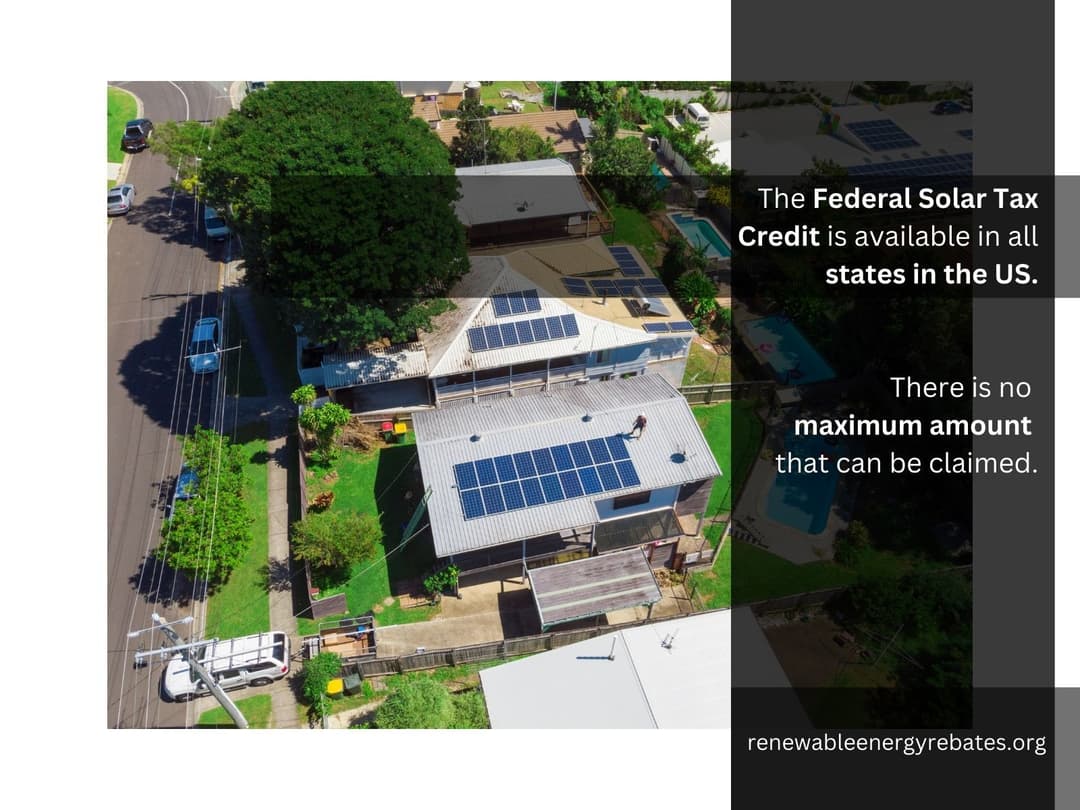
Eligibility
In Illinois, the federal solar tax credit is only available to those who meet the requirements listed below.
- If your solar system is brand new or if you use it for the first time between January 1, 2006, and December 31, 2023.
- Your solar energy setup must be wholly yours.
- Your solar energy setup must be located in the US. It could be located in either your main or secondary residence in the US. The system can also be located off-site away from your main or secondary residence.
How do I claim the Federal Solar Tax Credit in Illinois?
In Illinois, claiming the federal solar tax credit is very easy. You can guarantee that you have access to this wonderful renewable energy incentive by taking the steps listed below.
- Step 1: Go to the Internal Revenue Service website and print out form 5695. Do this when you are ready to file your taxes the year your solar energy system is installed.
- Step 2: Complete the form with information about your local solar installer, the system you had set up, and the location of the property where the solar installation was done.
- Step 3: You can submit the form with your taxes or have your accountant do it.
NOTE: Tax preparation applications like TurboTax and HR Block are aware of this incentive and frequently inquire when you go to submit whether you installed renewable energy equipment. If you select "yes," the application will prompt you to enter the necessary data.
Net Energy Metering in Illinois
Net metering is used to track energy used and produced by a renewable energy system located at a residence or small company. Using this renewable energy incentive, homeowners and small business owners can reduce their conventional utility costs while utilizing cleaner energy, homeowners and small business owners with solar or wind energy systems can use net metering.
On April 1, 2008, Illinois launched a net metering program. This program mandates electricity providers such as Commonwealth Edison, Ameren Illinois Utilities, and MidAmerican Energy Company to give customers credits on their electric bills for electricity produced by renewable energy sources. Applications for this program are processed on a first-come, first-serve basis.
In Illinois, a one-to-one retail rate credit is given to qualified renewable energy generators of 40kw or less. These customers will receive payment, at the same rate they do when purchasing electricity, for any excess electricity they produce.
These credits will be carried over on a month-to-month basis, with the annual term falling between May and April, November and October, or at a time the customer chooses.
Net Metering: How it Works
Customers who own eligible renewable generators between the capacities of 40 kW and 2 MW will be given credits equivalent to the avoided cost of the utility for surplus production. However, customers who pay "time of use" prices are paid at time-of-use rates.
If a customer's current meter is unable to record the electricity produced on-site, a single, bi-directional meter will be given to them. Customers can request a dual-channel meter from their energy supplier if they use generators with a nameplate rating of 40 kW or less. However, due to their bigger systems, they would need to purchase their dual-channel meters.
How much you end up saving through net metering varies depending on how much electricity you produce and consume. The majority of net metering users will receive energy credits for the electricity their system produces.
Each customer must pay a set amount to connect to the electrical grid, as well as pay their public utility for any energy they use that they are unable to offset.
Check with your utility to find out what the costs are since each public utility has a distinct rate schedule.
The following inquiries should be made before installing a net metering system:
- Are there any tax benefits or rebates in your region for installing a renewable energy system? Check the DSIRE database of Illinois tax incentives for green energy to learn more.
- Is the type of system you can implement in your area restricted by zoning regulations or building codes?
- Are there authorized contractors who can implement the system you want in your area?
- What steps are involved in connecting your device to the regional power grid?
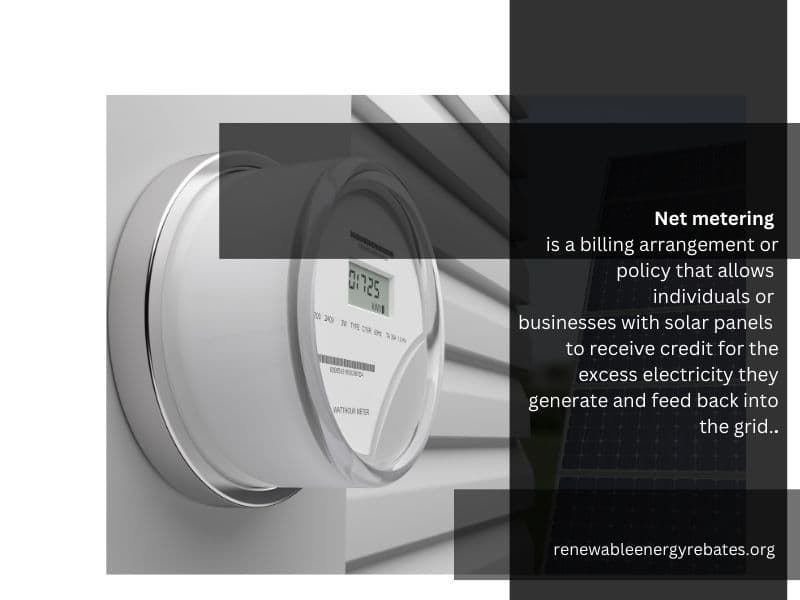
How to Enrol for Net Energy metering in Illinois
Signing up for net energy metering is a simple and easy process that takes several steps.
Step 1: Make sure you have a bidirectional meter installed by getting in touch with the solar installation business. You need this to benefit from net metering.
Step 2: Install your solar energy system. The paperwork necessary to sign up for net metering at this time will be handled by your solar installer.
Step 3: After passing the inspection conducted by your local utility company, you will be allowed to operate your solar system. The logistics of the examination will be handled by your solar installer, but you may need to be present.
Step 4: To ensure that your excess power is being correctly credited, it is advised you keep an eye on your electric bills for the first few months.
Illinois Property Tax Exemption
Heating and cooling systems that use geothermal, solar, wind, and hydroelectric electricity are exempt from property tax in Illinois. This exemption only applies to renewable energy systems, that were added after December 31, 2011.
The assessed worth of the eligible renewable energy system is exempt from property tax. For example, solar energy heating systems are exempt from property tax up to the amount paid out of pocket for the system's parts and installation.
The property tax exemption is granted each year an eligible solar energy system is operational. Only property owners are eligible to claim the exemption from property taxes. The exemption also covers both real estate and mobile homes with renewable energy systems.
Additionally, public utilities and other energy retailers are not permitted to claim a property tax exemption for eligible renewable energy systems. However, net-metered customers are considered an exception.
Property owners who want to deduct this expense must complete Form 18865 and submit it to the county assessor in their area. The municipal auditor or assessor should be contacted with any questions regarding this incentive. To get in touch with municipal officials, click here. It is important to note that property eligibility is not affected by title changes.
Illinois Property-Assessed Clean Energy (PACE) Financing
The Property-Assessed Clean Energy (PACE) plan is an inventive strategy for funding upgrades to private property's energy efficiency and renewable energy sources. There are PACE programs for both residential and commercial properties.
Residential Property-Assessed Clean Energy, as implemented by local governments, enables homeowners to finance upgrades to energy efficiency and renewable energy sources.
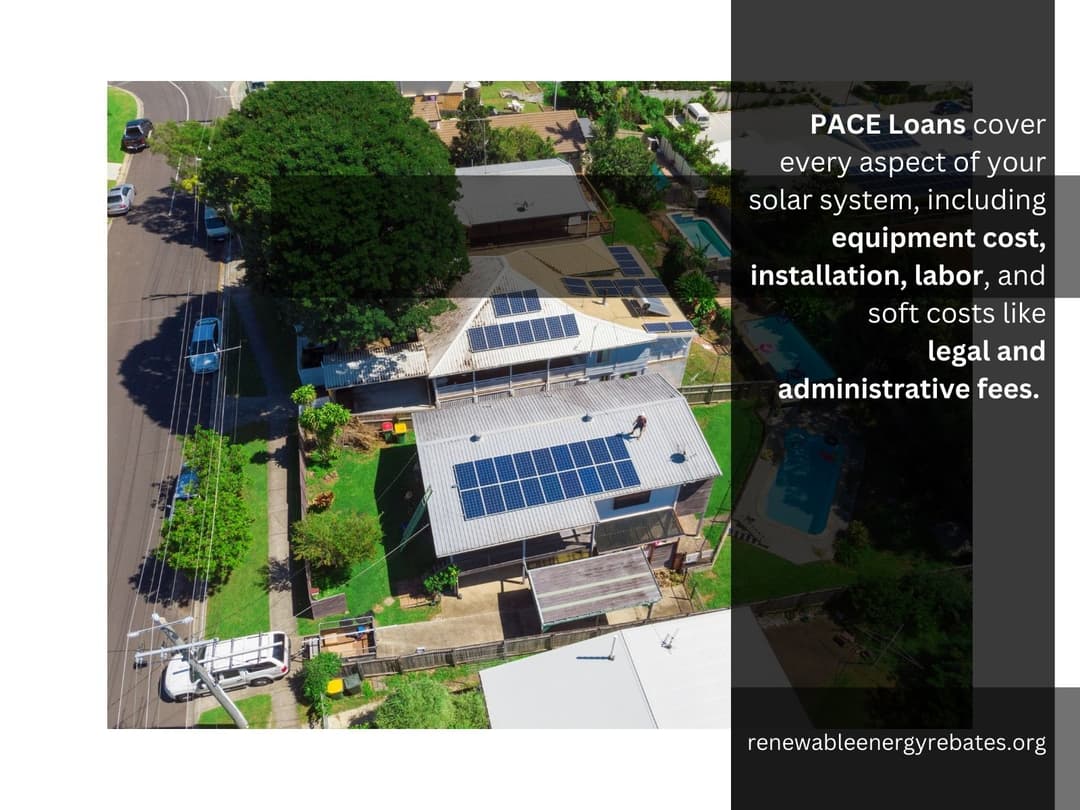
Eligible energy improvements are repaid through a voluntary property tax assessment collected by local governments. This is very similar to how other public infrastructure investments are funded.
Additionally, PACE projects are typically financed through municipal bonds or outside money backed by property assessment payments. Homeowners pay back the loans through a line item on their property tax bill. Once the house is sold, the next owner takes over the repayment obligations.
Commercial property owners can get up to 100% long-term, fixed-rate funding for improvements to their buildings' water use, resilience, energy efficiency, renewable energy, and energy efficiency.
The period of a Commercial Property-Assessed Clean Energy (C-PACE) financing may be extended through the improvement's useful life. This may be up to 20–30 years long, and can produce cost savings that are greater than the financing's principal.
A not-for-profit organization in Illinois called the Illinois Energy Conservation Authority NFP (IECA) has been at the forefront of creating Commercial Property Assessed Clean Energy (C-PACE) initiatives (IECA PACE). The main C-PACE program administrator in Illinois for participating communities is IECA. PACE programs offer many advantages to both homeowners and small business owners such as
- Enabling secure financing for renewable energy projects long-term.
- It rarely requires upfront payments and loan repayments can be made over a long period.
- Aiding property owners in removing payments from their income tax liability.
- Low-interest rates on loans.
State Sales Tax Exemptions in Illinois
As of 2023, Illinois does not exempt solar energy systems from sales tax. This renewable energy incentive would be a wonderful addition to Illinois's array of benefits programs. A sales tax exemption would lower the upfront cost of solar systems to make them a little more affordable. This is, however, not expected to happen anytime soon.
Illinois Shines Program
The Illinois Shines program is the state's version of the Solar Renewable Energy Credit (SREC) and adjustable block schemes in other states. It gives credit for solar energy generation to all solar customers, and those energy credits can later be exchanged for money.
With the Illinois Shines program, homeowners can receive credit for every 1,000 kWh that their system produces. This is typically how much energy an Illinois solar energy owner generates in a single month. Furthermore, the credits provided by the program can be traded on the state's regional SREC market. Utility providers purchase the credits to stay in line with the state's RPS objectives.
The Illinois Power Administration controls the cost per REC in Illinois. Right now, the value of each SREC in Illinois is about $72. Your system will generate an average of $840 in credits per year if one credit is won each month.
Illinois Solar for All Program
The Illinois Solar for All (ILSFA) program enables residents to install PV panels with no up-front costs if their family income is less than 80% of the median. It is a great choice for low-income families who want to invest in solar energy. It.
The ILSFA program is made possible through the REC market in Illinois. Vendors who have been authorized by the ILSFA are compensated through REC sales. Homeowners then benefit from solar cells and the cheap energy they produce in return.
For those who are eligible and cannot afford to switch to solar power using other financing options, this program is excellent. This program could save you an average of $11,277 over the first 20 years of the panels' lifespan if you have an average system installed, average energy bills for the region ($93.98), and your panels generate enough to offset 50% of your bill.
Illinois Household Profile
According to 2021 Census estimates, Illinois supports 5,412,995 housing units, with 1969 as the typical year of construction. Illinois has 4,930,255 occupied dwelling units, 66.51% of which are owner-occupied and 33.49% of which are rented out.
The average cost of a home with a mortgage is $227,700, and mortgage-purchased properties make up 62.57% of all housing units. In Illinois, average housing expenses are $1,199 per month.
Electricity derived from solar energy is also expected to grow by 5,696 megawatts over the next five years (by 2028). A strong renewable portfolio standard in Illinois currently mandates that the state produced 25% of its electricity from renewable sources by 2025. The portfolio intends to help facilitate the continued growth of the solar industry in Illinois.
Illinois also has a thriving and growing solar industry. For instance, in 2022, the state had 341 solar companies. 21.4% of these companies are solar manufacturers, while 31.6% are solar installers or developers. These companies provide 5,520 solar jobs in Illinois. Over the next five years, by 2028, Illinois' installed solar power is anticipated to increase by more than 1,700%.
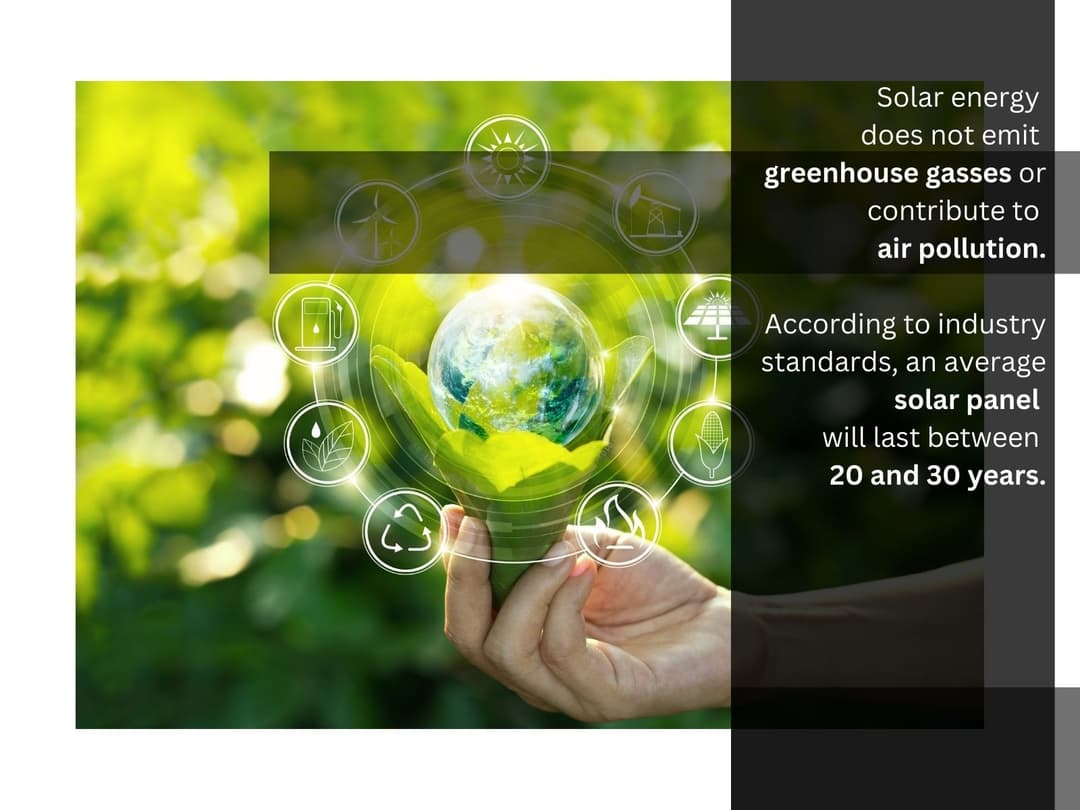
Renewable Energy in Illinois.
Biofuels are the main source of renewable energy in Illinois. The state is the largest producer of ethanol and biodiesel in the US. Illinois currently has a yearly production capacity of 1.7 billion gallons of ethanol and 174 million gallons of biodiesel.
Illinois, a prosperous prairie state, is also a large producer of corn and soybean. The 12 ethanol plants in the state use maize as a feedstock. While the 5 biodiesel plants use a variety of other feedstocks, such as soy and corn oils.
After Iowa and Nebraska, Illinois produces the third-largest amount of ethanol and is among the top 10 largest ethanol users in the country. The state is also the third-largest user of biodiesel and the fourth-largest producer of biodiesel. Wind energy is currently Illinois’s main source of renewable energy. It made up 90% of the state’s renewable energy production in 2021 coming from wind energy. In the same year, Illinois ranked 5th in the US in wind utility-scale energy generation, generating around 6,900 megawatts of utility-scale being online. Most of Illinois’s wind energy supply comes from the northern part of the state.
Additionally, the continues to develop and construct more wind facilities. These facilities are expected to have up to 1,200 megawatts of wind-generating capacity. 10% of the electricity in Illinois came from green sources, including solar, biomass, and hydropower. Solar energy production in Illinois also increased almost threefold in 2021, when compared to the previous year.
In a bid to advance solar energy production in Illinois, the 200-megawatt Prairie Solar Farm went online in the latter half of 2021. This is the largest solar facility in all of Illinois. A further 1,700 megawatts of solar electricity capacity are expected to be operational by 2024. In 2021, customer-sited and small-scale generation accounted for nearly 66% of the state's solar energy production.
Almost all of Illinois's biomass energy production is powered by waste and methane gas from municipal landfills. The state’s biomass production takes place in 13 facilities with a generating capacity of 73 megawatts. Despite the state's comparatively level terrain and abundance of rivers, Illinois has limited hydroelectric potential. For instance, just 33 megawatts of generating capacity can be found across the state's 8 hydroelectric facilities.